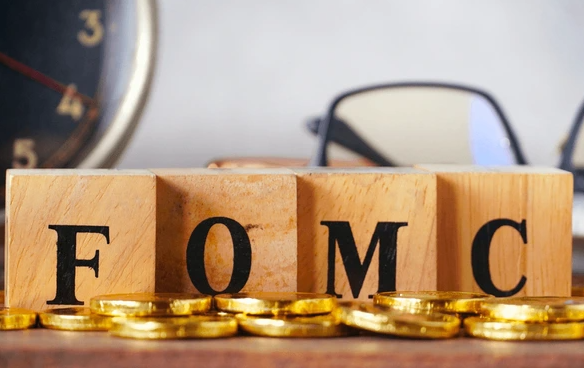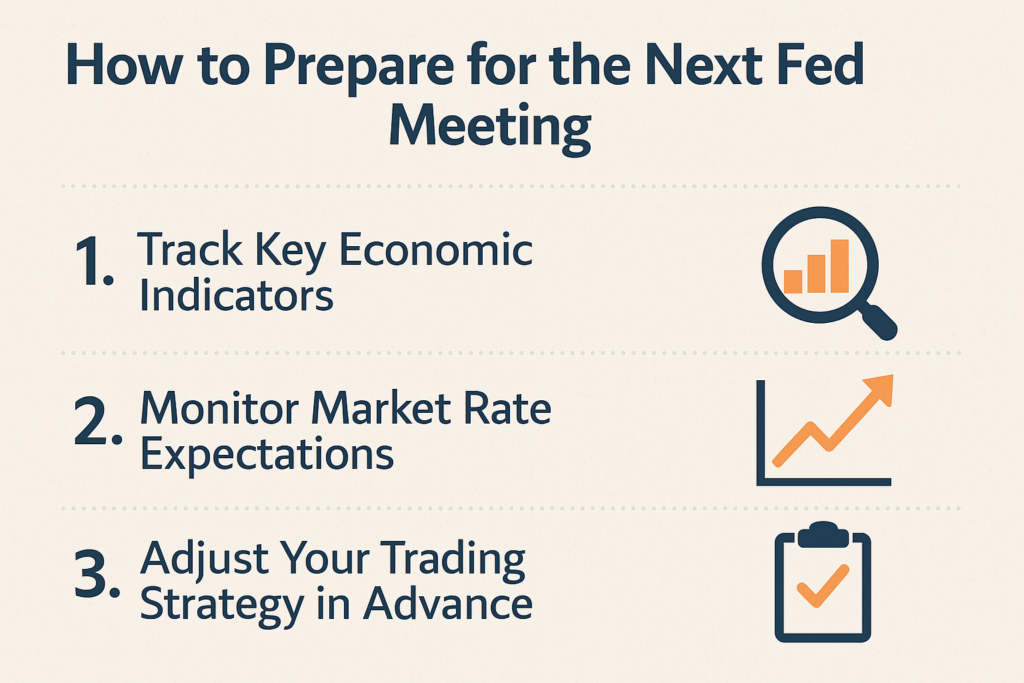
Ultima Markets App
Trade Anytime, Anywhere
Important Information
This website is managed by Ultima Markets’ international entities, and it’s important to emphasise that they are not subject to regulation by the FCA in the UK. Therefore, you must understand that you will not have the FCA’s protection when investing through this website – for example:
- You will not be guaranteed Negative Balance Protection
- You will not be protected by FCA’s leverage restrictions
- You will not have the right to settle disputes via the Financial Ombudsman Service (FOS)
- You will not be protected by Financial Services Compensation Scheme (FSCS)
- Any monies deposited will not be afforded the protection required under the FCA Client Assets Sourcebook. The level of protection for your funds will be determined by the regulations of the relevant local regulator.
Note: Ultima Markets is currently developing a dedicated website for UK clients and expects to onboard UK clients under FCA regulations in 2026.
If you would like to proceed and visit this website, you acknowledge and confirm the following:
- 1.The website is owned by Ultima Markets’ international entities and not by Ultima Markets UK Ltd, which is regulated by the FCA.
- 2.Ultima Markets Limited, or any of the Ultima Markets international entities, are neither based in the UK nor licensed by the FCA.
- 3.You are accessing the website at your own initiative and have not been solicited by Ultima Markets Limited in any way.
- 4.Investing through this website does not grant you the protections provided by the FCA.
- 5.Should you choose to invest through this website or with any of the international Ultima Markets entities, you will be subject to the rules and regulations of the relevant international regulatory authorities, not the FCA.
Ultima Markets wants to make it clear that we are duly licensed and authorised to offer the services and financial derivative products listed on our website. Individuals accessing this website and registering a trading account do so entirely of their own volition and without prior solicitation.
By confirming your decision to proceed with entering the website, you hereby affirm that this decision was solely initiated by you, and no solicitation has been made by any Ultima Markets entity.
I confirm my intention to proceed and enter this website Please direct me to the website operated by Ultima Markets , regulated by the FCA in the United KingdomWhen is the Next Fed Meeting?
The next Fed meeting is scheduled for July 29–30, 2025. This meeting will include a policy statement and a press conference by Federal Reserve Chair Jerome Powell. Traders closely monitor this event for signals on interest rate changes and future economic policy.

What is the Federal Reserve Meeting (FOMC)?
The Federal Open Market Committee (FOMC) is the monetary policy-making body of the U.S. Federal Reserve. It meets regularly to assess economic conditions and adjust interest rates or quantitative policy tools. Each meeting is closely watched by traders, central banks, and institutions globally because its decisions directly impact:
- U.S. Dollar (USD) strength
- Gold and commodity prices
- Stock and bond market volatility
- Forex market direction
Why FOMC is Important for Markets?
The FOMC meeting is a core event that sets the tone for risk sentiment in global markets. Key reasons it’s important:
- Rate Decisions: Determines whether to hike, hold, or cut interest rates.
- Economic Projections: Releases the “dot plot,” GDP, inflation, and unemployment forecasts.
- Forward Guidance: Signals future policy direction.
- Impact on Volatility: Markets often spike around meeting minutes, especially in USD pairs and indices like the S&P 500 and Nasdaq.
The FOMC also provides forward guidance hints at future policy shifts that shape medium to long-term trading trends. So, let’s check out when is the next fed meeting based on the calendar below.

FOMC Meeting Calendar 2025
Here’s the official FOMC Meeting Calendar 2025, including which meetings will feature a press conference and economic projections.
| Meeting Dates | Press Conference | Economic Projections |
| Jan 28–29 | Yes | No |
| Mar 18–19 | Yes | Yes |
| May 6–7 | Yes | No |
| Jun 17–18 | Yes | Yes |
| Jul 29–30 | No | No |
| Sep 16–17 | Yes | Yes |
| Oct 28–29 | No | No |
| Dec 9–10 | Yes | Yes |
The Next Fed Meeting is at 29-30 July, 2025. No press conferences will follow this meeting.
What’s Happening at Each 2025 Fed Meeting?
January 28–29, 2025
Outcome: Interest rates remained unchanged at 4.25%–4.50%.
Highlights: The Fed acknowledged elevated inflation and continued resilience in the labor market. The tone was cautiously firm, with policymakers showing no rush to ease monetary conditions despite growing expectations for future rate cuts.
March 18–19, 2025 (Includes SEP)
Outcome: No rate change.
Highlights: This meeting featured the Summary of Economic Projections (SEP). While the overall stance held steady, there was a split within the committee, with at least one dissenting vote. The updated projections offered a more detailed roadmap for potential rate adjustments later in the year.
May 6–7, 2025
Outcome: Policy unchanged.
Highlights: Chair Jerome Powell reiterated that decisions remain data-dependent, stressing the need for consistent inflation progress before any pivot toward rate cuts. Markets stayed cautious, interpreting this meeting as a holding pattern amid mixed economic signals.
June 17–18, 2025 (Includes SEP)
Outcome: Rates on hold again.
Highlights: The Fed’s latest projections indicated a bias toward two 25-basis-point rate cuts in the second half of 2025. However, trade-related uncertainties and inflation stickiness kept the Fed cautious. Traders noted the meeting minutes (released July 9) as a key follow-up document for deeper policy insights.
Key Upcoming Fed Meetings in 2025
July 29–30, 2025 – Meeting 5
This meeting will be held without economic projections (SEP) and will not include a press conference.
What to Expect:
The Fed will release its standard policy statement, which may offer subtle shifts in language based on recent inflation prints, job market reports, and global developments. Although not a projection meeting, traders will still analyze wording for any hint toward potential easing in the second half of the year.
September 16–17, 2025 – Meeting 6 (with SEP)
This meeting will feature a new set of economic projections and include a press conference by Chair Jerome Powell.
What to Expect:
This is one of the most pivotal meetings of 2025. Markets will focus on any adjustments to the Fed’s forecasted rate path, inflation expectations, and growth outlook. A clear shift in policy tone here could influence positioning across forex, gold, and equities heading into Q4.
October 28–29, 2025 – Meeting 7
This will be a standard policy meeting without projections or a press conference.
What to Expect:
While typically lower in volatility, this meeting falls just days before the U.S. presidential election, increasing the chance of market sensitivity. Any mention of geopolitical or fiscal developments could move markets. Traders should watch for subtle cues in the statement text.
December 9–10, 2025 – Meeting 8 (with SEP)
The Fed will conclude its 2025 meeting cycle with full economic projections and a press conference.
What to Expect:
This meeting will likely shape expectations for early 2026 rate policy. If inflation progress stalls or recession risks rise, the Fed may either confirm or shift its prior forward guidance. Positioning before this meeting is often aggressive, especially in USD pairs and treasury markets.
How to Prepare for the Next Fed Meetings

Preparing for a Federal Reserve meeting is crucial for traders navigating market volatility, especially in forex, gold, and equity markets. Here’s how to approach each Fed meeting with a solid, data-backed strategy:
Track Key Economic Indicators
The Fed’s interest rate decisions are data-driven, meaning traders must monitor high-impact U.S. macro releases such as:
- CPI and Core PCE – The Fed’s preferred inflation gauges
- Non-Farm Payrolls (NFP) – A key labor market indicator
- GDP Growth – Signals overall economic strength or slowdown
- Retail Sales & ISM Reports – Reflect consumer and business activity
These data points can heavily influence the Fed’s tone and policy direction, especially in meetings that don’t include SEP projections.
Monitor Market Rate Expectations
Use real-time tools like the CME FedWatch Tool to track how the market prices in future rate hikes or cuts.
When expectations shift suddenly—due to inflation surprises or job market shocks assets like the U.S. dollar, gold, and tech stocks can move rapidly.
Compare current market pricing with prior Fed guidance to spot potential mispricing opportunities.
Adjust Your Trading Strategy in Advance
Volatility tends to spike around Fed meetings, especially during SEP releases or Powell’s press conferences. Traders should:
- Reduce exposure or tighten stop-losses to protect against intraday whipsaws
- Avoid overleveraging when uncertainty is high
- Watch Powell’s language closely terms like “data-dependent”, “restrictive policy”, or “pivot” often signal broader trends
Even small shifts in tone can drive large reactions in forex and gold markets, particularly if they diverge from previous statements.
Conclusion
With each FOMC meeting in 2025, traders are challenged to interpret not just interest rate decisions, but the Fed’s broader tone, data priorities, and forward guidance. From projection-heavy events like September and December to more muted meetings like July, each one presents a unique trading landscape.
Success in volatile conditions comes down to preparation, timing, and access to real-time insights. That’s why professional traders choose Ultima Markets, a trust forex and CFD broker offering fast execution, competitive spreads, and institutional-grade tools designed for macro-driven trading.
Disclaimer: This content is provided for informational purposes only and does not constitute, and should not be construed as, financial, investment, or other professional advice. No statement or opinion contained here in should be considered a recommendation by Ultima Markets or the author regarding any specific investment product, strategy, or transaction. Readers are advised not to rely solely on this material when making investment decisions and should seek independent advice where appropriate.












